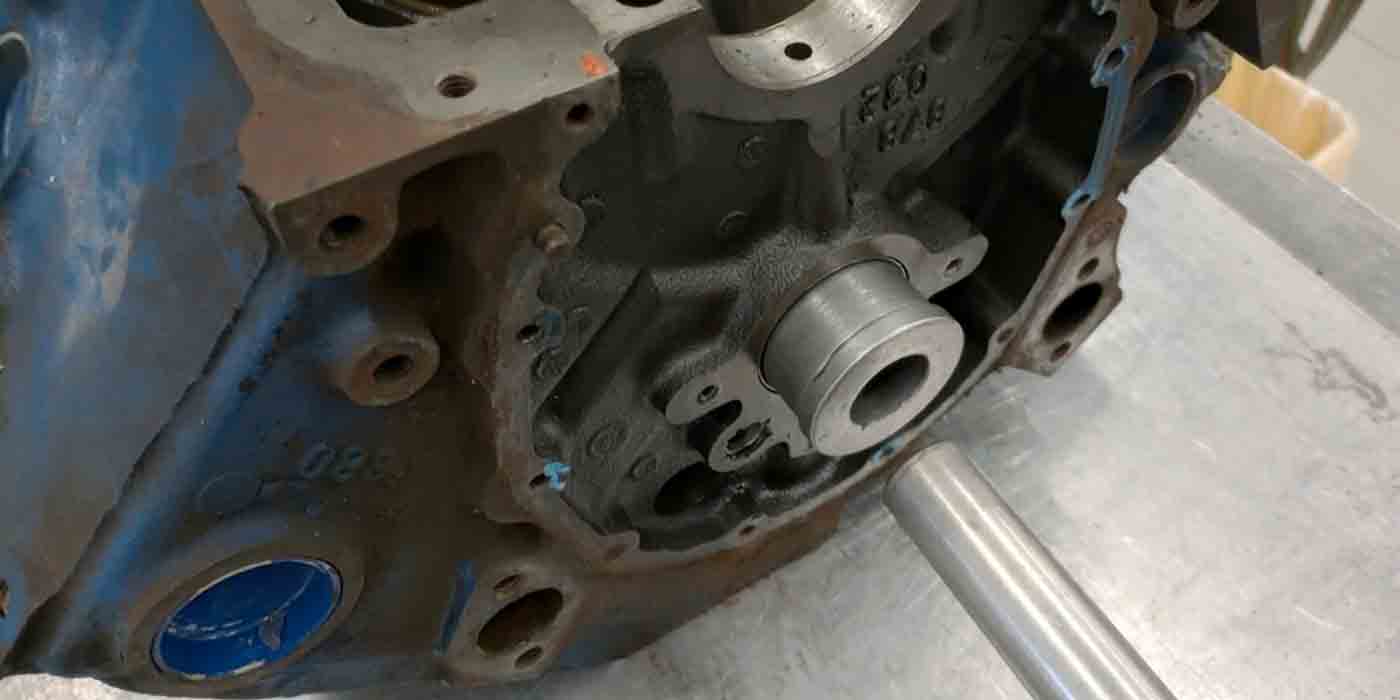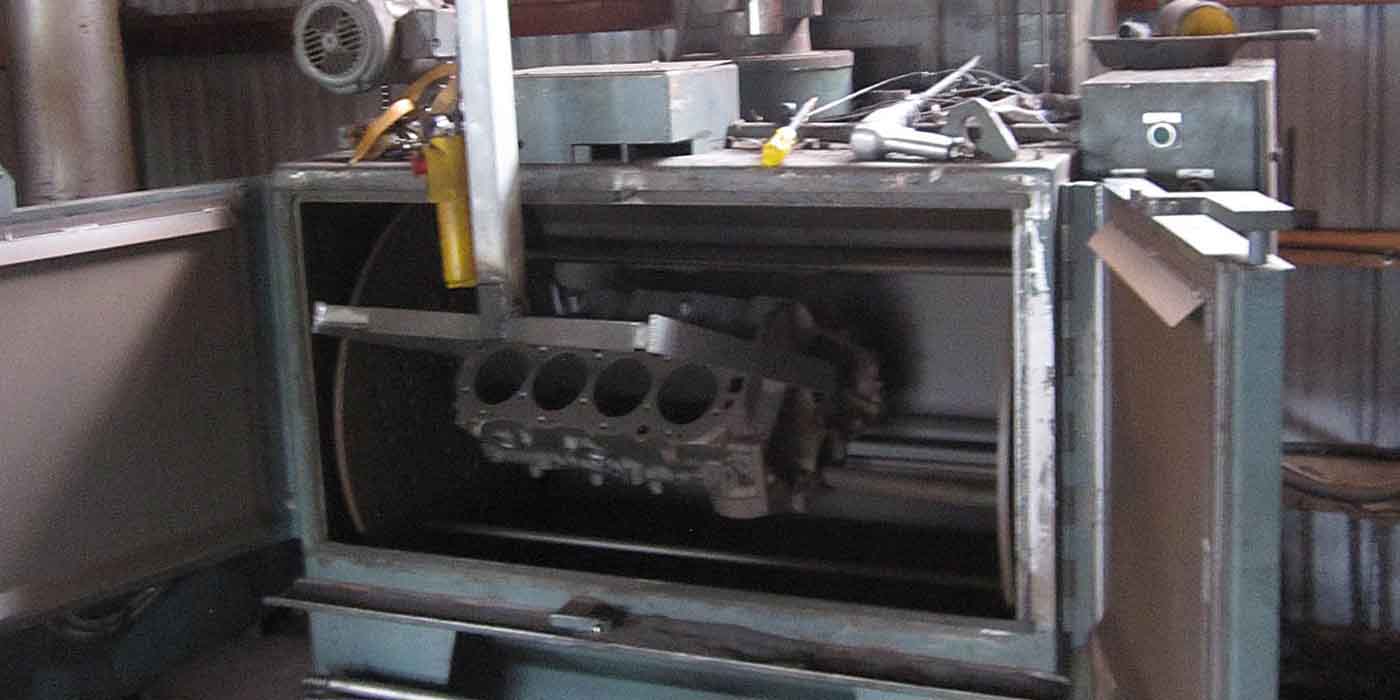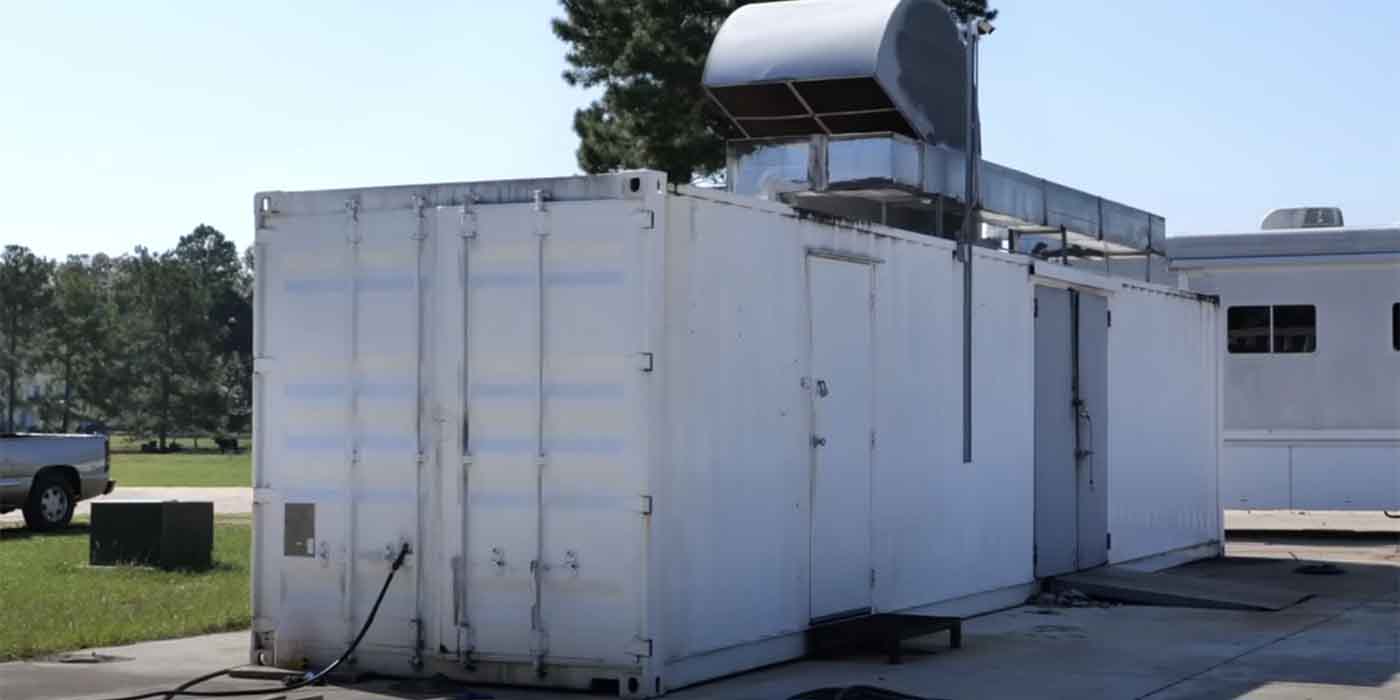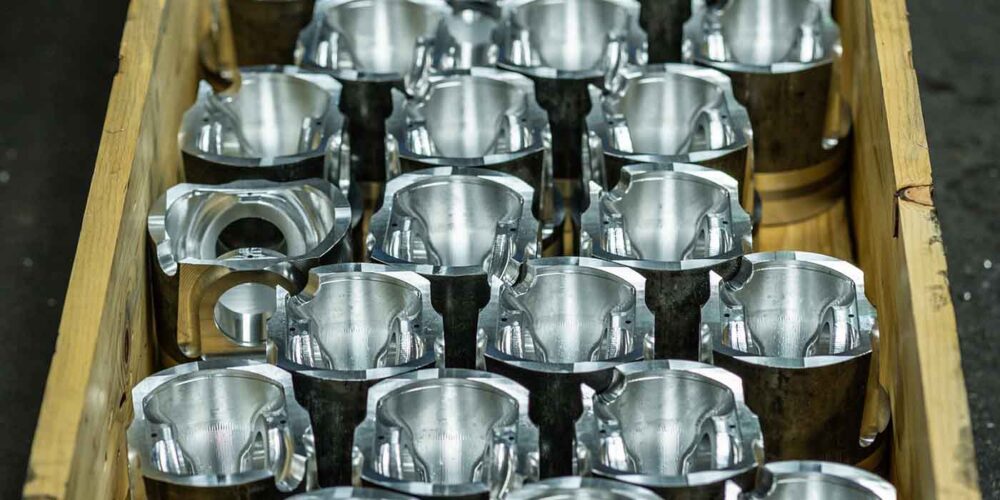SYMPTOM/CONDITION:
An engine intake manifold plenum pan gasket oil leak may occur on some
Dodge V6 and V8-style engines. The oil leak is internal to the engine so
no external oil leakage will be present.
Two symptoms of this oil leak condition may be present. Customers may
complain that the vehicle experiences an engine spark knock noise during
acceleration and/or a high amount of engine oil consumption. The intake
manifold plenum pan gasket has been revised to address this condition.
DIAGNOSIS:
If the intake manifold plenum pan gasket is leaking, a vacuum source
will be created in the engine. Any engine blow-by and outside filtered
air will be drawn past the leaking pan gasket and into the intake
manifold. In most cases, an engine at idle will create the highest
vacuum and lowest amount of engine blow-by.
1. Remove the positive crankcase ventilation (PCV) valve at the cylinder
head valve cover. Clean the PCV valve grommet in the valve cover of any
oil residue.
2. Remove the breather hose from the air cleaner assembly andseal off the breather hose going to the cylinder head valve cover.
3. Attach a gauge that reads both pressure and vacuum (+/- 10 in. Hg.).
4. Start the engine and observe gauge readings. If the Intake manifold
pan gasket is leaking, then a vacuum reading greater than -2 in. Hg.
will be observed. If no internal leaks are present, then the gauge will
read near zero to slightly positive pressure. If a the pan gasket is
leaking then perform the Repair Procedure.
Note: Clean all oil from the interior surfaces of the plenum pan and
plenum chamber. The proper torque and tightening sequence must be
followed when tightening both the plenum pan screws and the intake
manifold screws.
Some or all of this information was provided by the Automotive
Parts Remanufacturers Association (APRA). For more information on
technical bulletins available through APRA call 703-968-2772 or visit www.AutoBulletins.com.













